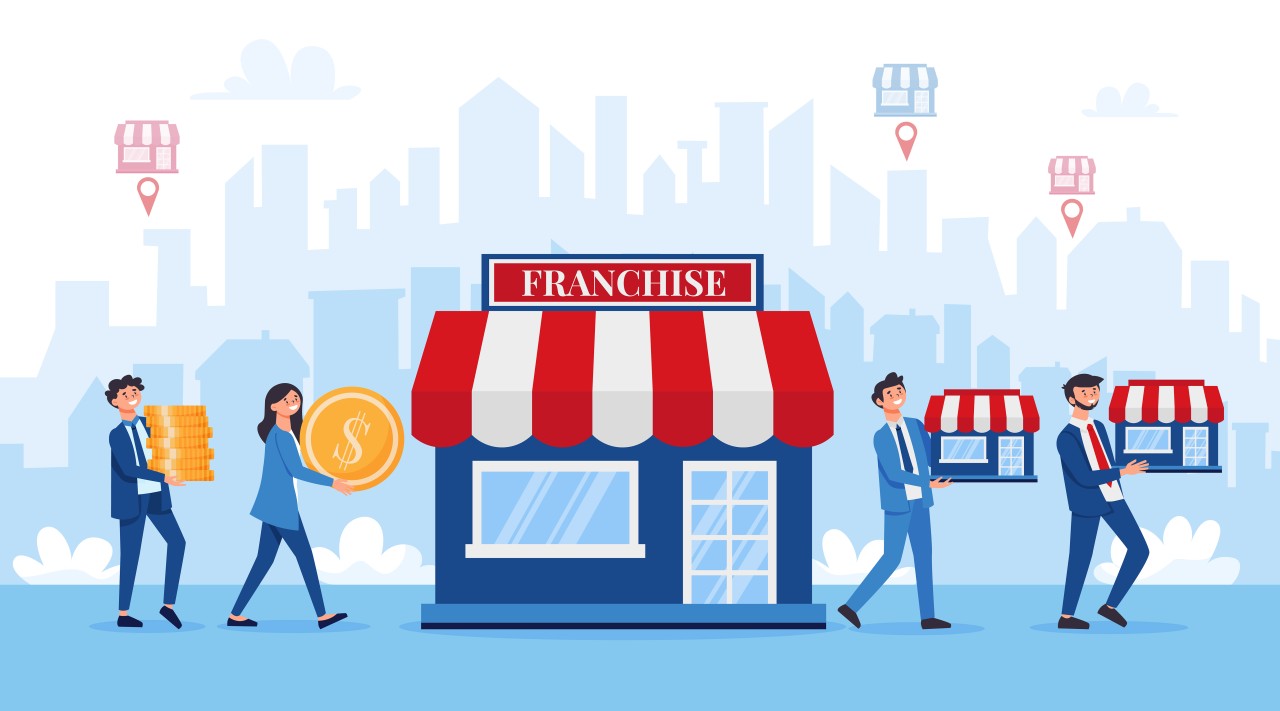In the world of economics, business, and marketing, the term “consumer” is one of the most important concepts. A consumer refers to an individual or group who purchases or consumes goods and services to satisfy their needs or desires. Consumers are the driving force behind most economic systems, and understanding consumer behavior, patterns, and rights is crucial for businesses, policymakers, and economists alike. This article delves into the concept of the consumer, exploring their role in the economy, different types of consumers, factors that influence consumer behavior, and the protection of consumer rights.
What is a Consumer?
At its most basic level, a consumer is someone who acquires goods or services for personal use, rather than for resale or production. Consumers purchase these products or services to satisfy their needs, wants, or desires. In an economic sense, they are the end-users of the products produced by businesses and are a critical part of the demand side of the market.
A consumer could be an individual, a household, or even a business or institution that buys goods or services for personal consumption. The idea of consumption is central to economic activity, as businesses produce goods and services with the goal of selling them to consumers. Without consumers, there would be no market demand for products, and the economic cycle would grind to a halt.
The Role of Consumers in the Economy
Consumers play a central role in the economy, as they represent the demand side of the market. They are responsible for driving economic growth and productivity, as their decisions determine the success or failure of businesses. When consumers purchase goods and services, they help generate revenue for businesses, which, in turn, supports job creation, innovation, and investment.
Consumers also help set prices in the market. The laws of supply and demand dictate that when demand for a particular product or service rises, prices tend to go up, and when demand decreases, prices often fall. This consumer-driven process is essential to the functioning of free-market economies.
Moreover, consumers have a direct impact on the types of products that are produced. If consumers show a preference for eco-friendly products, for example, businesses may start shifting their focus to meet this demand. Consumers, through their buying behavior, can influence industries and even shape global markets.
Types of Consumers
Consumers can be categorized in several ways based on their buying behavior, needs, and purchasing habits. These classifications can help businesses better understand and cater to the different segments of their target market. Some common types of consumers include:
a. Rational Consumers: Rational consumers make purchasing decisions based on logical reasoning. They tend to compare prices, quality, and the benefits of a product before making a decision. This group seeks to maximize utility, meaning they aim to get the most satisfaction for their money. Rational consumers are likely to perform detailed research before committing to a purchase.
b. Emotional Consumers: Emotional consumers make decisions driven by feelings and emotions rather than logic or price comparison. They might be drawn to products because of branding, aesthetics, or the emotional appeal of an advertisement. This type of consumer is more likely to make impulse purchases or buy products based on how they make them feel.
c. Price-Sensitive Consumers: Price-sensitive consumers focus on getting the best deal possible. They often seek discounts, special offers, and promotions. For these consumers, price is the most important factor in their purchasing decisions. Businesses that cater to price-sensitive consumers often compete on price and offer deals or loyalty programs.
d. Brand-Loyal Consumers: Brand-loyal consumers have a strong preference for specific brands and will continue to buy from those brands regardless of price or availability of alternatives. These consumers are typically repeat buyers and tend to trust brands they are familiar with, which can give companies with loyal customers a significant advantage.
e. Impulse Buyers: Impulse buyers make purchasing decisions without prior planning or consideration. These consumers are often swayed by attractive product displays, promotions, or ads that appeal to their desires. Impulse buyers are more likely to buy products on the spot and may not need any strong justification for their purchase.
Factors Influencing Consumer Behavior
Consumer behavior is influenced by a variety of factors, both external and internal. Understanding these factors is crucial for businesses aiming to influence purchasing decisions. Key factors influencing consumer behavior include:
a. Cultural Factors: Cultural factors include societal influences, such as values, beliefs, and customs, which shape the preferences and behaviors of consumers. For example, food choices and fashion trends can vary significantly across different cultures. Understanding cultural norms and values helps businesses tailor their products and marketing strategies to meet the expectations of specific cultural groups.
b. Social Factors: Social factors like family, friends, and peer pressure play a critical role in consumer behavior. People are often influenced by the opinions and behaviors of those around them. For instance, a consumer might buy a specific brand of smartphone because it is popular among their social circle, or they might avoid a product based on negative word-of-mouth recommendations.
c. Personal Factors: Personal factors such as age, income, occupation, lifestyle, and personality traits influence consumer decisions. A young professional might prioritize fashion and technology, while a retiree might value comfort and affordability. Businesses need to segment the market based on these factors to target the right consumers with the right products.
d. Psychological Factors: Psychological factors include motivations, perceptions, learning, and attitudes. For example, a consumer’s perception of a product’s quality and their previous experiences with a brand can greatly influence their future purchasing decisions. Marketers often use techniques like advertising and branding to appeal to the psychological needs of consumers.
e. Economic Factors: Economic conditions, such as inflation, unemployment, and income levels, also have a profound impact on consumer behavior. During economic downturns, consumers may reduce spending, prioritize necessities, and become more price-conscious. On the other hand, in times of economic growth, consumers may feel more confident and willing to spend on non-essential items.
Consumer Rights and Protection
Consumers have a set of rights designed to protect them from exploitation, fraud, and unsafe products. These rights are essential for maintaining trust in the marketplace and ensuring that businesses treat consumers fairly.
a. Right to Safety: Consumers have the right to expect that the products and services they purchase are safe for use. Governments and regulatory bodies often enforce strict safety standards to ensure that businesses comply with health and safety regulations. This right protects consumers from dangerous or harmful products.
b. Right to Information: Consumers have the right to accurate and clear information about the products and services they purchase. This includes details about ingredients, product features, pricing, and warranties. Transparency helps consumers make informed decisions and ensures they are not misled by deceptive advertising or labeling.
c. Right to Choose: The right to choose ensures that consumers have access to a variety of products and services and are not forced into monopolistic or unfair market practices. It promotes competition, which leads to better prices, quality, and innovation.
d. Right to Redress: Consumers have the right to seek redress if they are dissatisfied with a product or service. This includes returning defective items, receiving refunds, or filing complaints. Legal systems in many countries provide avenues for consumers to take action against businesses that violate their rights.
Conclusion
Consumers are a vital component of the economy, driving demand and fueling market growth. By understanding consumer behavior, businesses can better meet their needs and tailor their products and services accordingly. Additionally, consumer rights protection ensures that individuals are treated fairly and equitably in the marketplace. Ultimately, the relationship between consumers and businesses is symbiotic businesses rely on consumer demand, and consumers rely on businesses to provide the goods and services they need to thrive.



